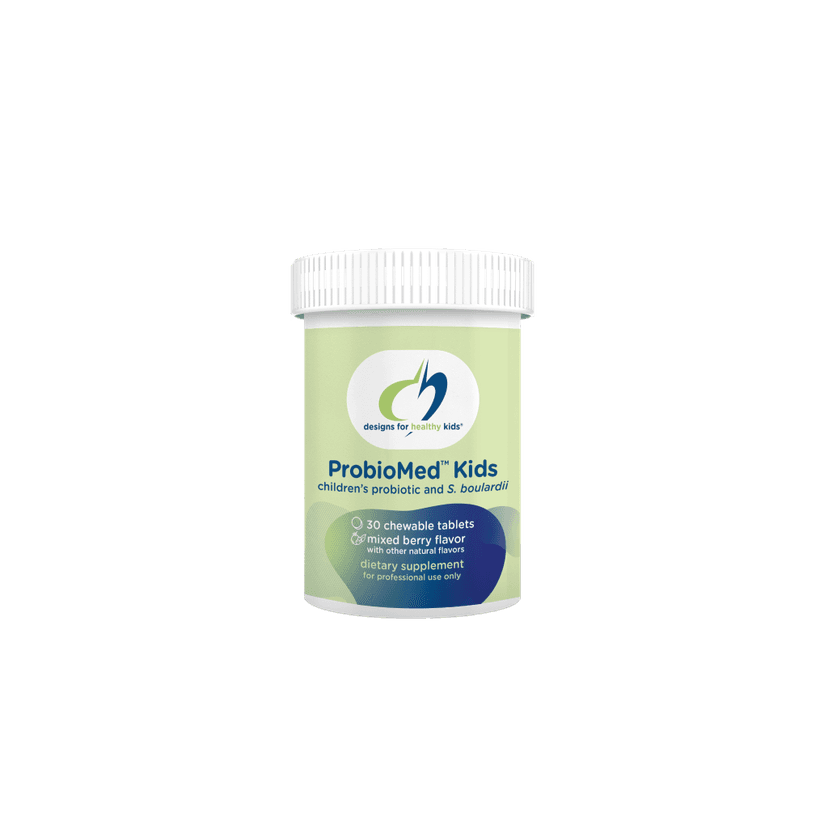Life is full of ups and downs, and how we handle these moments can make all the difference. Resilience is the ability to bounce back from challenges and keep going. This article explores the science behind resilience and offers practical tips to help you become more resilient and recover faster.
Key Takeaways
- Resilience is the ability to recover from setbacks and keep moving forward.
- Both biological and psychological factors play a role in resilience.
- Managing stress and emotions is crucial for building resilience.
- Strong social connections and support systems can enhance your resilience.
- Daily habits and long-term goals can help you incorporate resilience into your life.
Understanding the Concept of Resilience
Defining Resilience
Resilience is the ability to bounce back from tough times. It's like a spring that returns to its shape after being squeezed. It's not just about surviving but thriving. This means learning and growing from challenges. Resilience helps people handle stress and come out stronger.
Historical Perspectives on Resilience
In the past, people saw resilience as a trait you were born with. Over time, experts learned that it's more than that. It's a skill you can build. Different cultures have their own ways of showing resilience. These stories teach us that anyone can become more resilient.
Psychological Foundations of Resilience
Psychologists say resilience is made up of several parts. It's about handling hard times and being flexible. Some key parts include:
- Optimism: Believing things will get better.
- Control: Feeling like you can shape your own life.
- Support: Having people to help you.
Resilience is not just bouncing back but also growing and adapting. It's a mix of many things, from your thoughts to your relationships.
Biological Mechanisms Behind Resilience
Neurobiological Factors
Resilience is not just a mental trait; it's deeply rooted in our biology. The human body has complex systems that help us adapt to stress and recover from tough times. One key player is the hypothalamic-pituitary-adrenal (HPA) axis, which manages our stress response. A well-functioning HPA axis can help us bounce back faster from stress.
The Role of Genetics
Our genes also play a part in how resilient we are. Some people are naturally more resilient because of their genetic makeup. Scientists are studying specific genes that might make someone better at handling stress. This research could lead to new ways to boost resilience in everyone.
Impact of Physical Health
Physical health is another important factor. When we're in good shape, our bodies can handle stress better. Regular exercise, a balanced diet, and enough sleep all contribute to a stronger, more resilient body. These habits help our immune system stay strong and keep our stress levels in check.
By understanding these biological factors, we can create better ways to train and improve our natural resilience. This helps us build a strong foundation for both mental and physical health.
Emotional Regulation and Resilience
Managing Stress
Emotional regulation is a key part of resilience. By recognizing and accepting emotions, people can handle them better. For example, emergency responders trained in mindfulness techniques often manage traumatic stress more effectively, leading to better long-term mental health.
Coping with Adversity
Self-awareness is the foundation of emotional resilience. It involves understanding one's emotions as they arise. A resilient person, when faced with a setback, will acknowledge their feelings without letting them cloud their judgment. This ability to stay clear-headed helps in navigating through tough times.
Building Emotional Intelligence
Researchers have found various ways to regulate emotions and boost resilience. Two effective methods are cognitive reappraisal and mindfulness meditation. Cognitive reappraisal involves reinterpreting a negative event to see it as less harmful. This approach can reduce both physical and emotional reactions to stress.
The ability to manage emotions like sadness, anger, and fear is crucial for coping with stress and trauma. Negative emotions are natural but can hinder clear thinking and decision-making if not controlled.
Social Connections and Support Systems
Importance of Relationships
Strong social networks are crucial for resilience. They help you manage stress and face challenges with more courage. Friendships can lift you up and provide security, preventing a sudden fall. In some cultures, like those in Latin America, social support is even more important due to the value placed on interdependence and extended family systems.
Community Support
A supportive community can greatly boost your resilience. When people come together to help someone in crisis, the collective strength often leads to better coping and recovery. Engaging in group activities, like mindfulness practices, can create a sense of belonging and shared strength.
Role of Mentorship
Having a mentor can be incredibly beneficial for building resilience. Mentors provide guidance, share their experiences, and offer emotional support. Observing and imitating resilient role models can also help you develop your own resilience skills.
Building strong relationships and being part of a supportive community can significantly enhance your ability to bounce back from adversity.
Practical Strategies for Enhancing Resilience
Mindfulness Practices
Mindfulness practices, such as meditation and deep breathing exercises, can significantly enhance resilience. These techniques help you stay present and manage stress more effectively. Regular mindfulness practice can lead to better emotional regulation and a calmer mind.
Physical Exercise
Engaging in regular physical exercise is another powerful way to boost resilience. Exercise not only improves physical health but also releases endorphins, which are natural mood lifters. Activities like walking, running, or yoga can make a big difference in how you handle stress and recover from setbacks.
Cognitive Behavioral Techniques
Cognitive Behavioral Techniques (CBT) involve changing negative thought patterns to more positive and realistic ones. This approach helps in managing stress and overcoming adversity. By practicing CBT, you can develop a more optimistic outlook and better problem-solving skills.
Building resilience is like training a muscle; it requires consistent effort and the right exercises. By integrating these strategies into your daily routine, you can become more resilient and better equipped to handle life's challenges.
Real-World Examples of Resilience
Case Studies
Resilience, often described as the ability to recover from difficulties, is not just an innate trait but a skill that can be cultivated. This adaptability is crucial in both personal growth and professional development. The following case studies highlight individuals who have demonstrated remarkable resilience:
- John's Journey: After losing his job, John didn't give up. Instead, he used the opportunity to learn new skills and eventually started his own successful business.
- Maria's Story: Maria faced a severe illness but remained positive and focused on her recovery. Her determination and support from her family helped her bounce back stronger.
- Alex's Experience: Despite failing multiple times, Alex continued to pursue his dream of becoming an artist. His persistence paid off, and he is now a renowned painter.
Personal Narratives
These personal stories underscore the essence of resilience training, which is to equip individuals with the tools to navigate through and emerge stronger from the trials they encounter. By analyzing these real-life examples, one can discern the common threads that weave through the tapestry of bounce-back ability: a growth mindset, support systems, and proactive problem-solving.
Lessons Learned
From these examples, we can draw several important lessons:
- Growth Mindset: Believing in the ability to grow and improve is essential.
- Support Systems: Having a network of supportive friends and family can make a significant difference.
- Proactive Problem-Solving: Taking active steps to address challenges rather than avoiding them is key.
Resilience is not just about bouncing back but also about growing through adversity. By learning from these real-world examples, we can better understand how to cultivate resilience in our own lives.
Incorporating Resilience Practices into Everyday Life
Daily Habits
Incorporating resilience practices into your daily routine can make a big difference. Simple habits like journaling, meditation, and regular exercise can help build resilience over time. These activities not only improve mental health but also prepare you to handle stress better.
Long-Term Goals
Setting long-term goals is crucial for building resilience. When you have clear objectives, it becomes easier to stay focused and motivated, even during tough times. Break down your goals into smaller, manageable steps to make them more achievable.
Monitoring Progress
Keeping track of your progress is essential for staying on course. Use a journal or an app to note your achievements and setbacks. This will help you understand what works best for you and where you need to improve.
Building resilience is a journey, not a destination. By making small, consistent efforts, you can develop the strength to face any challenge life throws your way.
Conclusion
In conclusion, building resilience is a journey that involves understanding how our minds and bodies work together to help us recover from setbacks. By learning to manage our emotions, fostering strong relationships, and practicing resilience-building exercises, we can improve our ability to bounce back from challenges. Remember, resilience is not just about surviving tough times, but also about thriving and growing stronger through them. With the right tools and mindset, anyone can enhance their resilience and face life's obstacles with greater confidence.
Frequently Asked Questions
What is resilience?
Resilience is the ability to recover quickly from difficulties or setbacks. It's like a rubber band that can stretch but still return to its original shape.
How can I build resilience?
You can build resilience by practicing mindfulness, staying physically active, and maintaining strong social connections. It's also helpful to set realistic goals and work towards them.
Is resilience something you're born with?
While some people may have a natural tendency to be more resilient, everyone can develop and strengthen their resilience through practice and experience.
How does physical health impact resilience?
Good physical health can boost your resilience. Regular exercise, a balanced diet, and enough sleep help your body handle stress better.
Can mindfulness really help with resilience?
Yes, mindfulness can help you stay calm and focused during tough times, making it easier to bounce back from challenges.
Why are social connections important for resilience?
Having strong relationships with friends, family, and community provides emotional support, which can help you cope better with stress and setbacks.
























